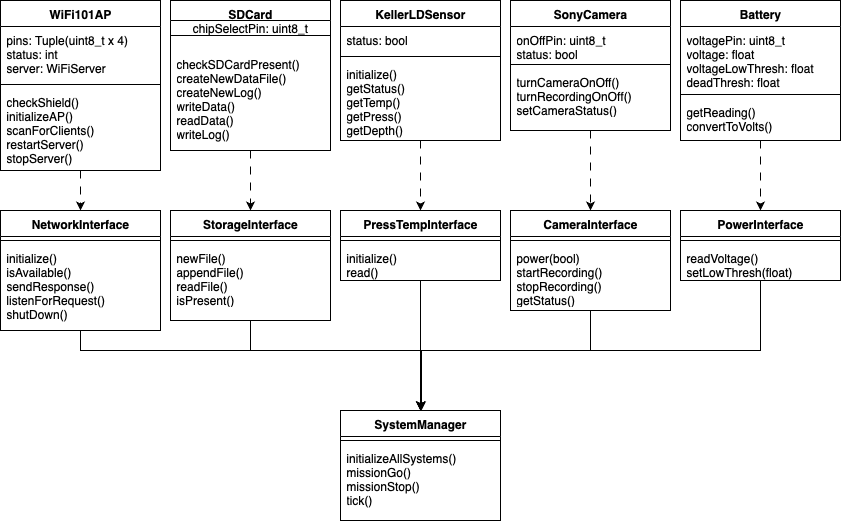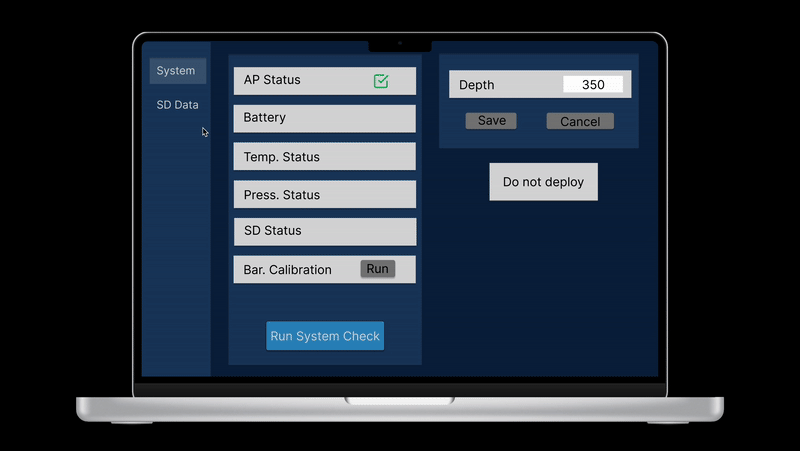Underwater Camera
Reduced time and effort of instrument deployment, protected valuable equipment and decoupled firmware from hardware to speed configurability of device.


Role
Software Engineer
Duration
4 months, ongoing
Year
2025
The Challenge
Engineers at the Hatfield Marine Science Center (HMSC) Innovation Lab developed a custom underwater camera and sensor package capable of operating at depths of up to 1,000 meters. The system collected pressure, temperature, and RGB video data. However, adjusting camera settings or reviewing collected data required disassembling the housing, exposing delicate electronics to harsh deck conditions and increasing maintenance risks. A more reliable and accessible method for interacting with the embedded system was needed.
The Solution
The embedded system was retrofitted with Wi-Fi connectivity, enabling remote access to the camera through a laptop or other device. This upgrade allowed operators to modify settings and stream data without opening the housing. Achieving this required reengineering the legacy firmware using an Application-Manager-Driver architecture, which decouples firmware logic from hardware dependencies through defined interfaces and dependency inversion. The architecture ensures that the Application layer—serving as the user interface—communicates only through the Manager, safeguarding time-sensitive drivers from interference and promoting long-term extensibility. This modular design significantly improves reliability, serviceability, and future hardware adaptability.